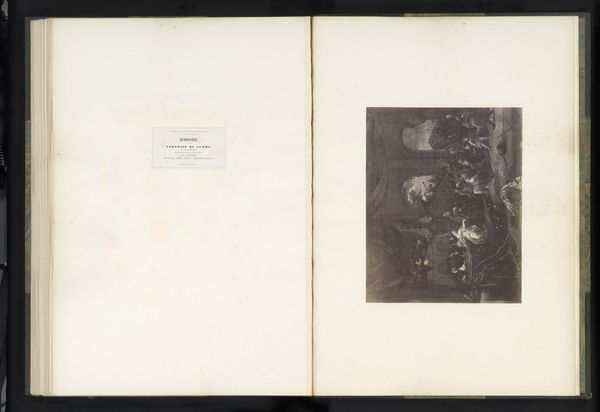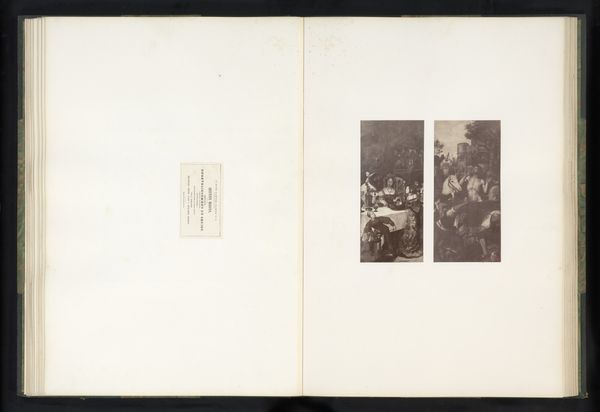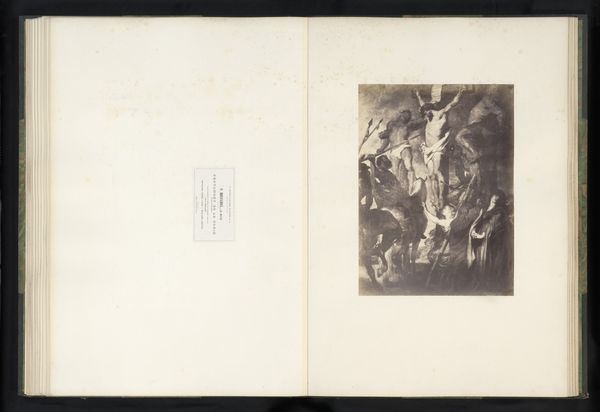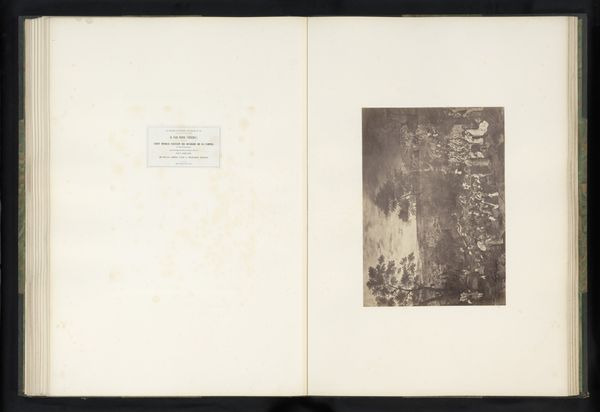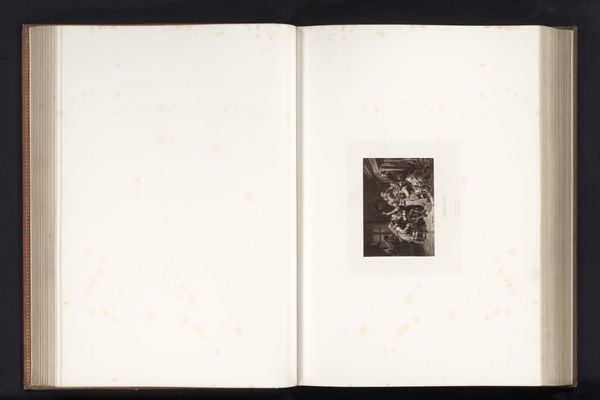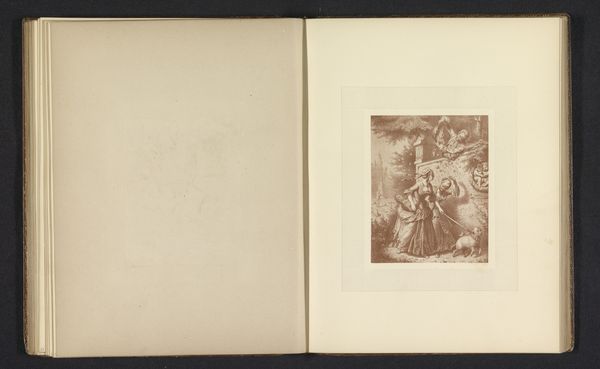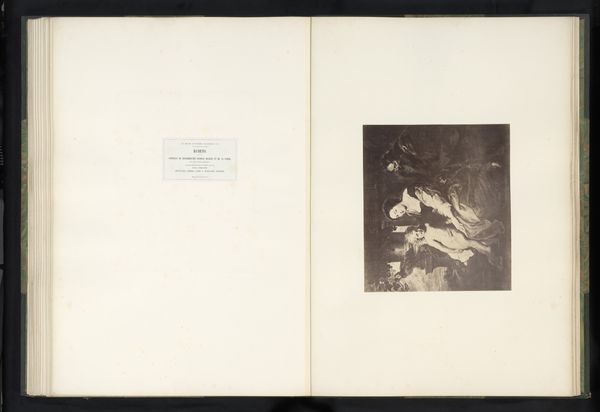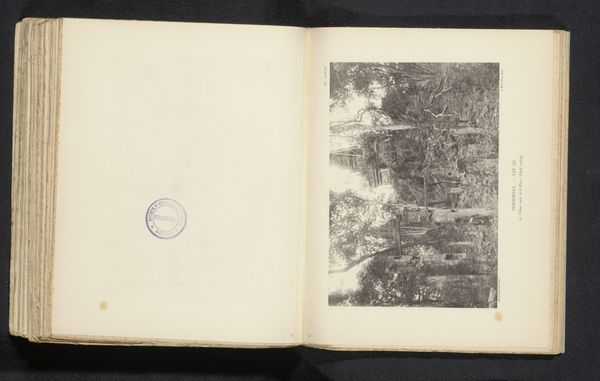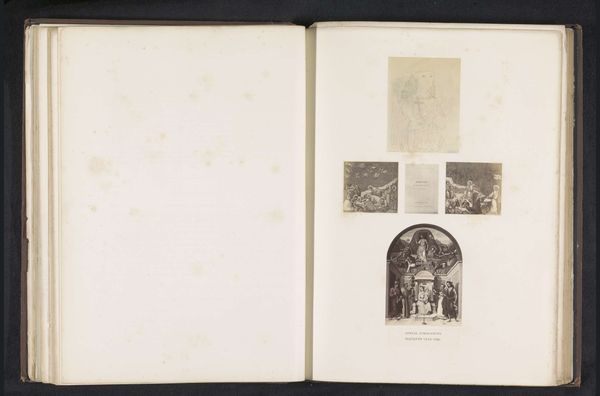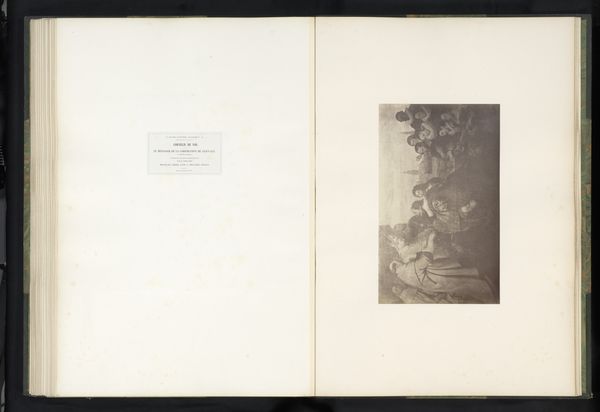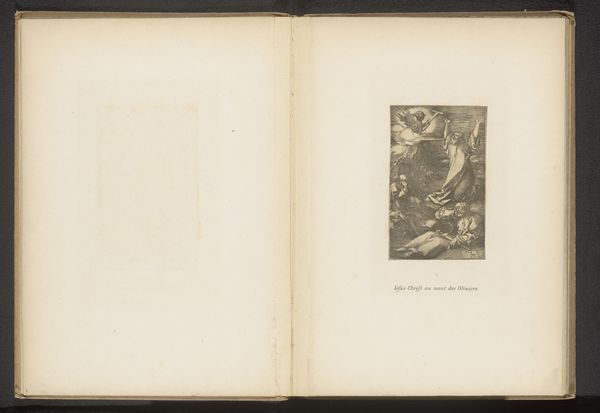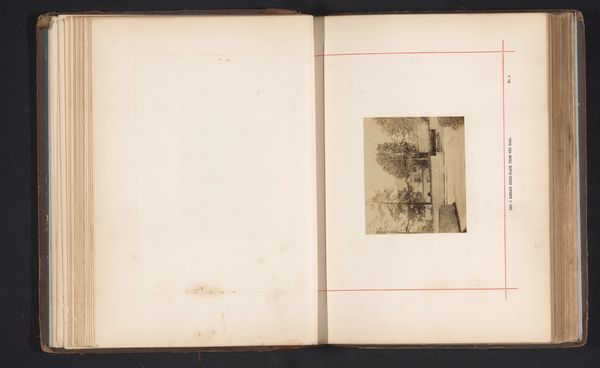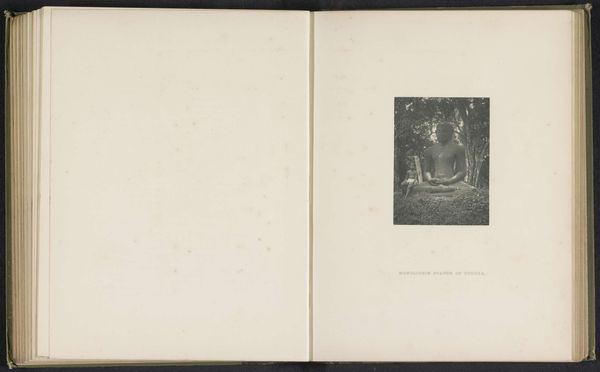
Fotoreproductie van de Zegewagen van Kallo door Peter Paul Rubens before 1861
0:00
0:00
Dimensions: height 373 mm, width 257 mm
Copyright: Rijks Museum: Open Domain
Curator: This is a photographic reproduction of Peter Paul Rubens' "The Triumph of Kallo", captured sometime before 1861 by Edmond Fierlants. What do you think? Editor: A grand jumble! It looks like everyone is celebrating... something! A little chaotic, a little overwhelming, but the lighting and shadows, in this photographic rendition, feel incredibly dramatic. Curator: Absolutely. This piece reflects the Baroque style, and the reproduction captures the dramatic dynamism and ornate details inherent in Rubens' original. Think of the Baroque era in terms of public image, this era heavily influenced the visual rhetoric of power, wasn't about subtlety, was about presenting strength. Editor: I can almost feel that Baroque excess even through the faded print. Is the original a painting? And this... print, was it a popular way to disseminate art then? Curator: Yes, Rubens was, of course, a painter, but he understood that engravings, photography, could disseminate imagery wider than the patronage circles in which he operated. Copies made art available and were key to Rubens’ success as a European wide phenomenon. What is presented as this 'truthful' account can become deeply politicised. Editor: It makes you think about accessibility and control, who got to see art and who decided that? This copy makes me ponder about the authority of the artwork too! If Rubens knew it would be a photography now… do you think that changes his perception when he paints his canvas in his time? Curator: Interesting point, it is the beginning of thinking about photography as a way to copy and distribute information… so he must be mindful of it, or even… trying to exploit it and become the ‘face’ everyone recognises. Editor: "The Triumph of Kallo"— I can see the potential in this composition. The theatrical composition and allegory could inspire artists of our time in digital format. I suppose it's the perpetual exchange in Art. Curator: Exactly, the political display on canvas, duplicated through printing to maintain relevance through history in our collective memory. Editor: It's a reminder that the conversation keeps moving, shifting. It makes me wonder what people a hundred years from now will be saying about us, about the images we make. Curator: And how they'll access and interpret it all, right? That interplay is why images continue to inspire us to discuss our society and identity over time.
Comments
No comments
Be the first to comment and join the conversation on the ultimate creative platform.
